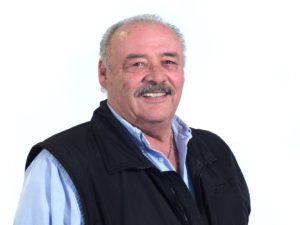
Excavation and trenching are among the most hazardous construction operations. The Occupational Safety and Health Administration’s (OSHA) Excavation standards contain requirements for excavation and trenching operations. Below outlines ten key excavation and trenching safety practices that can protect workers from cave-ins and other hazards.
- Know where underground utilities are located before digging.
- Keep excavated soil (spoils) and other materials at least 2 feet (0.61 meters) from trench edges.
- Keep heavy equipment away from trench edges.
- Identify any equipment or activities that could affect trench stability.
- Test for atmospheric hazards such as low oxygen, hazardous fumes, and toxic gases when workers are more than 4 feet deep.
- Inspect trenches at the start of each shift.
- Inspect trenches following a rainstorm or other water intrusion.
- Inspect trenches after any occurrence that could have changed conditions in the trench.
- Do not work under suspended or raised loads and materials.
- Ensure that personnel wear high-visibility or other suitable clothing when exposed to vehicular traffic.
Employers should consider establishing and maintaining safety and health management systems that protect workers from job-related safety and health hazards. For more information, download the OSHA Trenching and Excavation Safety booklet or FactSheet.
At Ron Meyer & Associate Excavating, Inc, we’ve been providing underground and commercial construction to private and commercial businesses for 39 years. As the general contractor or subcontractor, our experienced foremen, equipment operators, pipe layers, truck drivers and well-maintained equipment fleet make us an undeniable choice for your excavating services. Let’s talk about your project!

As 45 years of experience as an underground/site contactor and a third generation contractor, Ron takes time to go through each individual project with the supervisor and is responsible for all scheduling and equipment logistics. He’s also involved in all troubleshooting for projects.